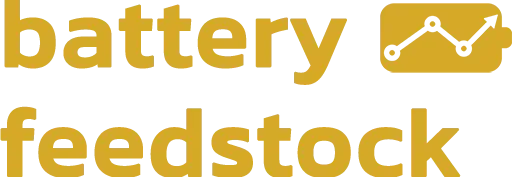Battery-Grade Cobalt Sulphate and Oxide Prices, News & Market Data
Latest Publications
LFP batteries now claim over 82% of China's market. Now, sodium-ion batteries are emerging as a low-cost, cold-weather alternative.
Australia diversifies lithium exports beyond China as POSCO secures major offtake. US projects like Thacker Pass and Stardust Power advance.
Nickel prices plummeted this week, breaking key support levels, while cobalt prices held firm and rose on supply-tightening fears from the DRC.
China nickel sulfate holds near ¥28.3k/t; manganese sulfate inches up. NCM costs steady, LFP’s iron phosphate edges higher.
DRC export quotas and constrained feedstock are lifting cobalt prices and black mass payables; sulfate leads cathode cost signals.
Brazil’s momentum, DLE scale-up in North America and a temporary US-China tariff/export-control truce underpin firmer lithium prices.
China’s EV tax transition and ESS demand are lifting lithium prices into year-end, but supply surplus and GFEX volatility temper the trend.
Nickel sulfate holds steady; Indonesia policy shifts keep ore risks live; SMM launches MHP cobalt payable index to lift transparency.
China’s recycling procurement rose in October as lithium rallied; black mass prices firmed, but recycler margins remain tight.
Indonesia’s nickel intermediate capacity is set to surge in 2026 just as ternary cathode growth slows. Cost floors, sulfur constraints, and steady manganese ore pricing hint at bifurcated risk across the battery metals complex.





